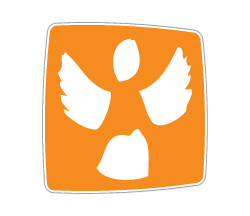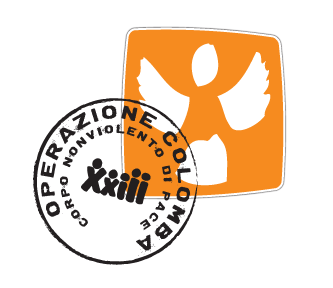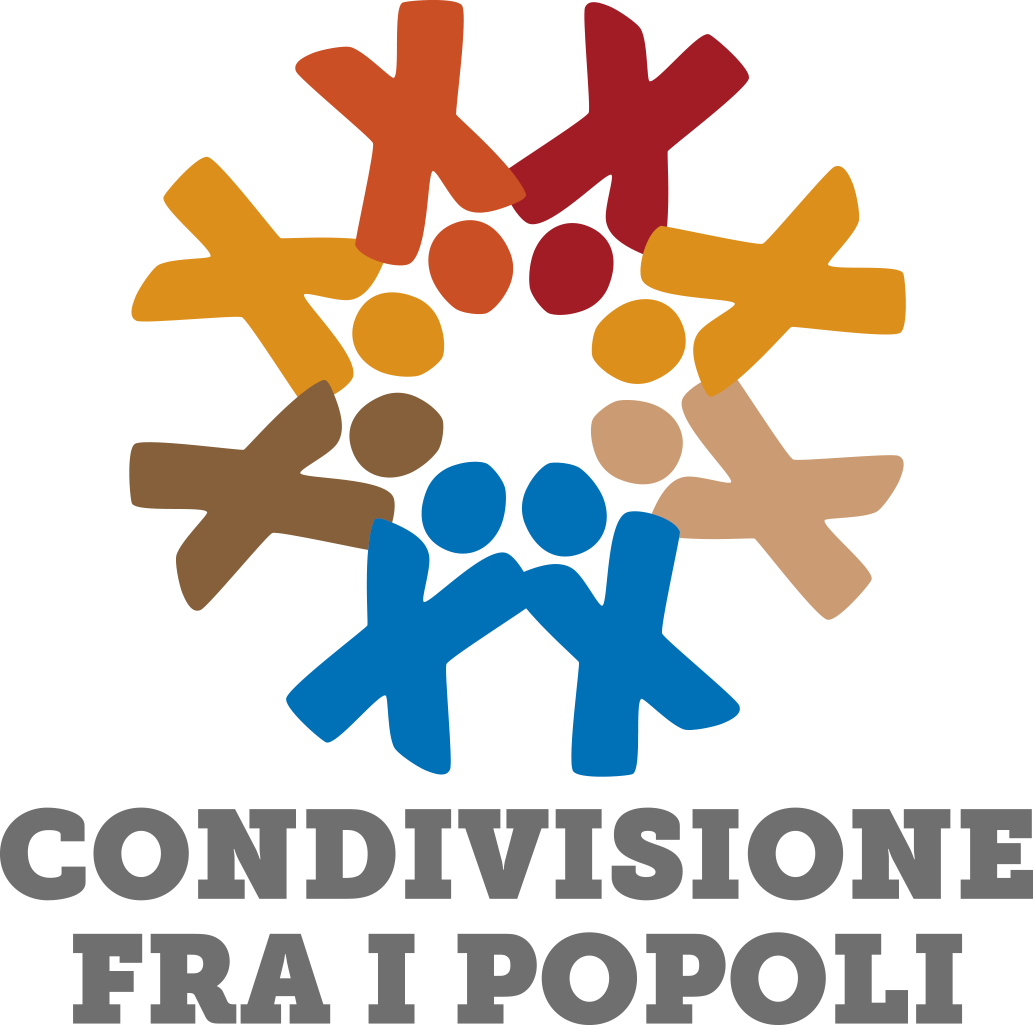 In the last few days we have been in Beirut, as volunteers for Operazione Colomba. We are working alongside young people who gathered in solidarity networks in order to bring food, medicines, and assistance to those who have been left alone in the reconstruction process.
In the last few days we have been in Beirut, as volunteers for Operazione Colomba. We are working alongside young people who gathered in solidarity networks in order to bring food, medicines, and assistance to those who have been left alone in the reconstruction process.
Let’s support them!
“This area was the blossom of the city, a blossom in the heart of Beirut. And now, look at it…”
Those are the words of a man from Tripoli who is not seeing his family since one year, since he moved down to Beirut to work in the construction site where he also lives.
The site was right in front of the place where we met him; now he’s sitting next to a small coffee shop and stares at the building. It is still standing but it is quite damaged and nobody knows when the works will start again.
We are in Gemmayzeh, a neighbourhood of ancient buildings and bars. We passed by the house I used to live in during university; it is still beautiful but heavily damaged: the window fixtures blew off but the structure is still standing and so are the balconies.
Right behind it, the remains of the Saifi Urban Gardens, where many volunteers had lunches and dinners thanks to the welcoming atmosphere and the affordable prices.
A part of it collapsed but a part is still intact, showing the distinctive series of chairs hanging on the balcony, facing the main room of the restaurant.
A few meters away, one of the bedrooms of the hostel collapsed completely and the bed and the floor fell many floors down.
We visited Martyrs’ square: the roads which, back in October, were crowded with the Lebanese people protesting are now empty, only few soldiers here and there.
We could also spot the still relatable symbols of people’s demands which remain ungranted; next to them, vans of the Lebanese Red Cross and some tents: an aid distribution point for the displaced persons, around 300.000.
Later we finally met Abu Sara, who wanted to drive us to Downtown first, the area rebuilt after the civil war, only accessible to the rich part of the population and that now became a modern desert made of closed boutiques; after, we drove to Karantina, the neighbourhood close to the port.
Abu Sara is lucky to be alive, if the explosion happened three minutes before and he didn’t have his windows down, he would probably be dead, since he had just driven past the port.
Karantina, named after the mandatory quarantine for the travellers who came to Beirut from afar, today is a multi-ethnical and multi-confessional neighbourhood. Here most of the buildings collapsed, the others are unstable, some of the inhabitants just gather around the ruins.
220 dead. 20 missing of whom almost certainly nothing will be known.
After that, we headed to Cola, in order to meet “Fariq al Ighasy”, an informal group of young people. They come from all around the country and collect and deliver essential items. They come from Baalbek, Nabatiyeh, Sidon, Tripoli, and of course Beirut; some of them are even underage.
They are the nice and active face of Lebanon.
They assess, door to door, the needs of the families for the big NGOs; after some days they follow up with them and if the families didn’t receive anything, they bring goods themselves, becoming also the connection between people who offered shelter and displaced people.
In the same time other groups clean the areas still cluttered with debris and glasses, or fix houses with the owners.
They told us that some NGOs only help the Lebanese and that they met a Syrian family of 17 members who are sleeping among the rubbles of their house since the blast, because they don’t know anywhere else to go. As if loosing their house once wasn’t enough already.
For this group though, the origin of the victims is not important, meeting them in the neighbourhoods concerned by the explosion is more than enough.
It was a long, full day.
We really hope to see them in action tomorrow as well.
Cip


 OPERAZIONE COLOMBA
OPERAZIONE COLOMBA
